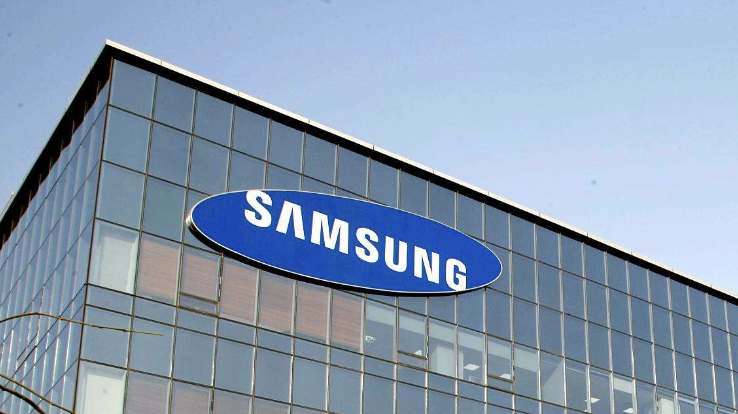The question about the last contact of consumers is the most popular one among retail marketing practitioners, and it has been argued as attribution for more than ten years. In today's marketing world, consumers shop through various terminal devices and channels. Therefore, it is outdated and inefficient to simply attribute the sales achievement to the last interaction before purchase. This is because you may overemphasize the bottom of the funnel and neglect all the efforts made when filling the top of the funnel.
The consumption journey is becoming more and more complex, so the optimization of a single way or channel actually ignores how the retailer's brand information plays a role in the consumer purchase process.
For example, consumers may find a new product on Pinterest, rediscover the product through display advertisement redirection, research the product through Amazon, and finally purchase after receiving promotional emails. This process can be carried out between the computer, mobile terminal and voice assistant. If we only focus on the function of the last contact email click, we actually ignore the very important role of each marketing activity in promoting sales, which limits the ability of marketing personnel to develop greater cross channel cohesion.
Although many marketers recognize the global nature of online retail and the limitations of the last contact, few can turn to a more accurate multi touch attribution model. The reasons for this are different. For example, changing the marketing attribution may be time-consuming and require synchronous collaboration across departments step by step. Because it is difficult to quantify revenue and ROI returns, it may not be easy to persuade your boss.

End of last click?
Although marketing personnel will face external difficulties and their own internal inertia when it comes to these attributions, now is the time to review your attribution model. You can expand your customer base by looking for new opportunities and develop more influential cross channel marketing plans, which can help you shake off your competitors.
With the increasingly fierce competition in paid search, social and display marketing channels and rising costs, you need to find other ways to spend money on marketing, not only to spend more money, but also to spend more wisely. Multi touch is attributed to the fact that performance provides a new perspective, which can clearly clarify which channels contribute the most to sales. However, due to its marketing budget, it is likely that its role will be underestimated. A truly fine-grained attribution method can even identify a specific advertising idea, and whether its performance is better than other advertising ideas in your marketing mix.
Google and other major advertising platforms also hinted that they would no longer use the attribution model of the last contact. Although the last contact attribution may not disappear completely in Google's advertising, Google may emphasize its multi touch attribution attribute report, especially Data Driven Attribute (DDA), which attributes the algorithm to the sales performance enabled by all Google's advertising products.
All these competitions and technologies push the marketing personnel in the retail industry to the crossroads. Do you choose to keep the simple single touch attribution method, or should you explore new attribution models?
It is not easy to change the attribution model, especially one of the attribution models (U type, W type, time decay, algorithm, etc.) from the last contact to multi-point contact. That's why it's crucial to assess whether this transformation makes sense for your business.
Before changing the attribution model, ask yourself the following four questions:
- What marketing channels do you advertise in?
Multi touch attribution is the most valuable for marketers who use multiple channels to cultivate consumers for sales. For example, if you spend money on email, Facebook, Google Shopping, paid search and Amazon for marketing, it may be meaningful to track the attribution of all these channels, which will help determine which of your marketing is effective or ineffective.
On the other hand, if 90% of your marketing spending is spent on Facebook, it may be meaningless to invest in multiple attribution at this point. However, in the future, as marketing activities expand to new channels and become more and more complex, you may need to reconsider evaluating various multi touch models.
- How many contacts do consumers usually have before the sales are completed?
If you have a long purchase cycle and every contact is important, an average weighted linear attribution model or a model based on a custom algorithm may be the most meaningful. On the other hand, a short sales cycle may lead you to a certain attribute model, which will have a greater impact in the later period of the sales cycle, such as the time decay model. If, on average, there is little contact before all sales, then it may not be meaningful to make a multi contact attribution model.
A simple way to better view your consumer journey is to use multi-channel funnel reports on Google Analytics, in which Google tracks how different recommendations and searches contribute to sales.
Google offers four different types of multi-channel funnel reports. The top-level conversion path report shows how consumers interact with different marketing channels and searches before buying. The time difference and path length reports show the time and interaction time required for a user to become a customer. The fourth auxiliary conversion report shows the number of sales initiated, auxiliary and completed by each channel, as well as the value of these conversions.
- How to make the annual report accurately during the transition period?
If you use a new attribution model and use the new model as your data standard from now on, one problem you face is that you cannot compare your data this year with your data last year or earlier. For example, any sales data tracked by the last contact attribution model you used cannot be compared with the data attributed to time decay.
If your business requires you to compare with the figures of more than one year, it means that one year is your transition period. Then you should plan to run the new attribution model and the old model at the same time in the first year, so that you can make better data comparison, so as not to cause trouble to the annual report.
- Will competition make your performance marketing strategy less influential?
Perhaps one of the biggest reasons for adopting the new attribution model is to find the gap in marketing measures. If a channel or performance marketing no longer achieves the same ROAS due to increased competition, you may need to check your data in a new way. For those channels or advertisements that did not perform well in the previous attribution model, they may perform very well in terms of sales promotion if they are measured by the multi touch attribution model again.
Attribution modeling provides a full funnel advantage
No matter which attribution model you choose, the most important thing is to start viewing performance marketing data, so that you can more accurately understand your users' shopping methods in different channels and terminals today, how consumers interact in these channels and terminals, and how different marketing initiatives perform in different stages of the funnel. Build an attribution model that reflects these nuances, so that your brand can spend more wisely than its competitors, and identify previously overlooked projects that can increase marketing funnel and market share.
For retail marketers with stable marketing strategies and all-round sales methods, any attribution model is much better than the last contact attribution model.
















